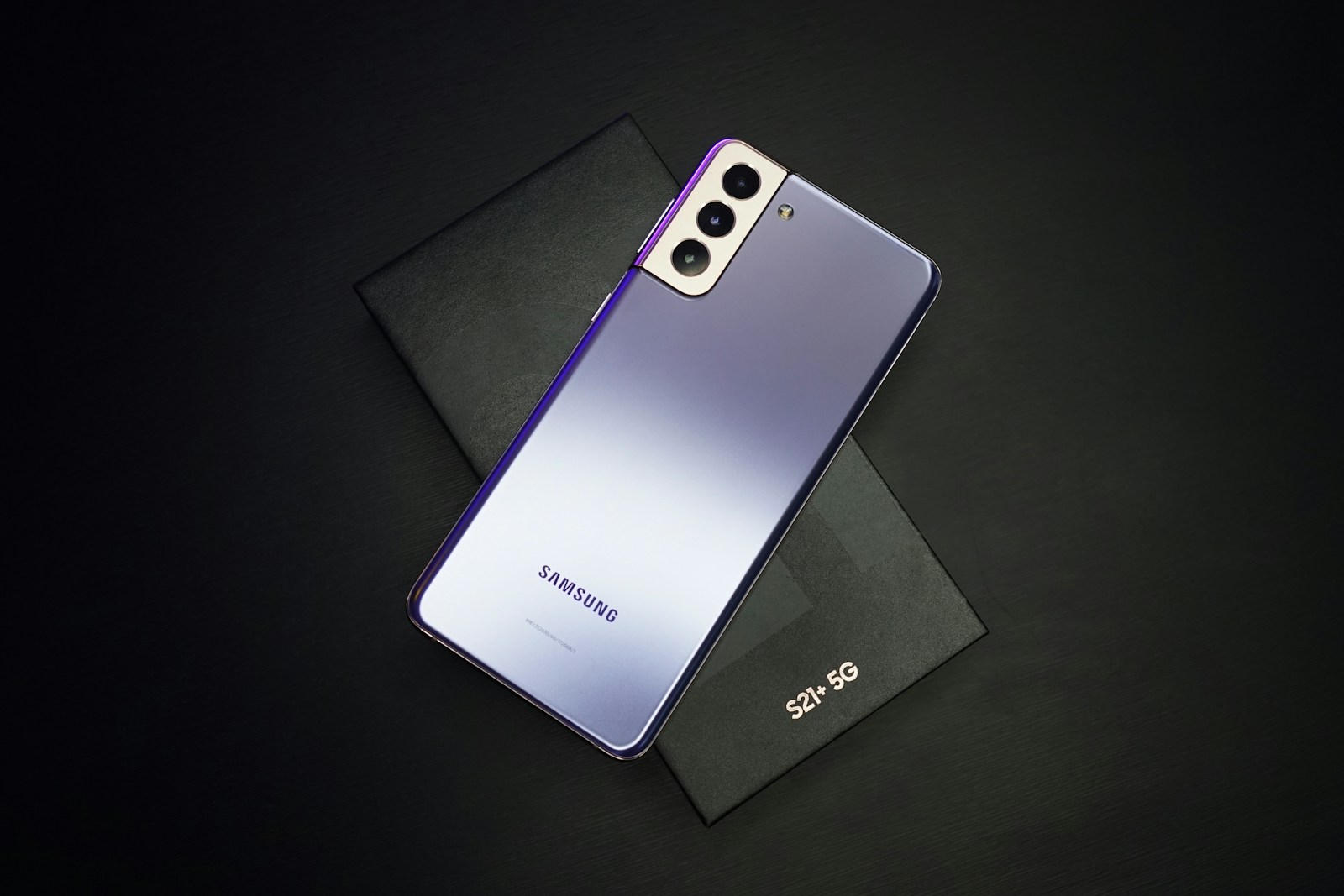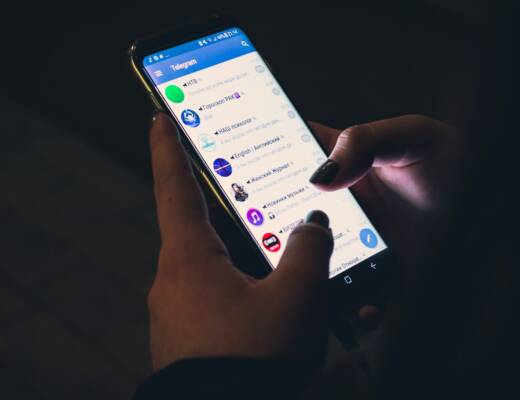Samsung and Google are aligning on a new
Galaxy XR device as a precursor to full-featured
AI glasses, signaling a bigger bet on head-worn computing. The companies view the product as a bridge to lightweight eyewear that can run on-device AI and cloud models. The timing and pricing remain unknown, but the direction is clear.
The push comes as competition heats up around mixed reality and smart glasses. Apple has its Vision Pro. Meta is growing sales of Ray-Ban smart glasses with an AI assistant. Samsung and Google want to pair Samsung’s hardware reach with Google’s software and AI stack to win the next wave.
From XR Headsets to Everyday Eyewear
The strategy points to a phased roll-out. First, a headset to build software, services, and developer interest. Then, slimmer glasses once components shrink and costs fall.
“Samsung and Google see the Galaxy XR as a stepping stone to AI glasses they plan to launch in the future.”
XR headsets can act as testbeds for interfaces, voice control, and multimodal AI. They also let teams solve tough problems around battery life, heat, and sensors before moving to smaller frames.
Why Now: The Market Has Moved
Earlier attempts at consumer eyewear struggled. Google Glass faded after privacy pushback and limited use cases. Battery life and displays were not ready. Today’s devices benefit from progress in mobile chips and on-device AI, plus better cameras and microphones.
Meta has shown there is demand for hands-free cameras and assistants in everyday glasses. Apple raised the ceiling for premium mixed reality. That sets a stage for a midweight device from Samsung and Google that can later slim down.
What the Companies Could Bring
Samsung controls displays, batteries, and device manufacturing at scale. Its phones and wearables give a large base for cross-device features. Google brings Android, Gemini AI models, Maps, Search, and Assistant.
- Samsung: displays, sensors, and a distribution channel.
- Google: AI models, voice, and developer tools.
- Together: an XR platform that can support future glasses.
The partnership might target cross-app experiences that work in AR and on phones. Think navigation hints in view, live translation, and visual search. These are familiar tasks that could gain from a hands-free form factor.
Hurdles That Still Need Solving
Two constraints stand out: battery life and heat. Small frames leave little room for batteries. Adding cameras and AI processing strains power budgets. Any device must also look like normal eyewear and meet strict privacy expectations.
Software is another risk. Apps need clear value in daily life. Developers will want stable tools, revenue options, and users. If those are missing, adoption will lag.
Signals to Watch
Analysts will look for signs of a real platform push. That includes a dedicated Android mode for XR, app guidelines, and shared APIs across headsets and glasses. Carrier bundles and trade-in programs could also hint at a mass-market plan.
Price will matter. A premium XR headset can seed the market, but everyday glasses must hit mainstream budgets. Subsidies from services or ads could play a role if the companies choose that path.
Industry Impact and Outlook
If Samsung and Google execute, the move could shift developer focus back to Android-based wearables. It could also push rivals to speed up. More competition may lower prices and standardize key features like safety lights for cameras and clear recording signals.
For consumers, the near-term impact may be better XR apps and smarter voice features. The longer-term bet is sleek glasses that help with navigation, messaging, translation, and visual search without a phone in hand.
Samsung and Google are framing Galaxy XR as a bridge, not the destination. The next year should show whether they can turn that plan into hardware and software that people want to wear. The firms have the pieces. The challenge is making them small, affordable, and useful every day.






